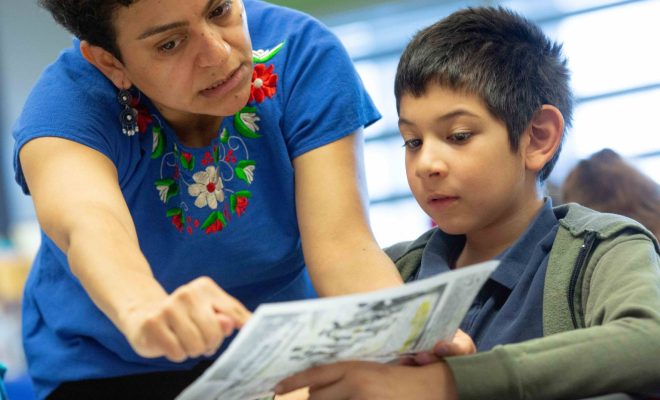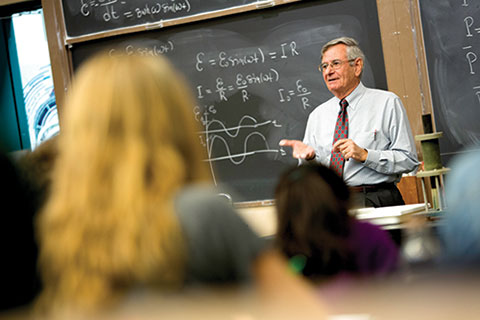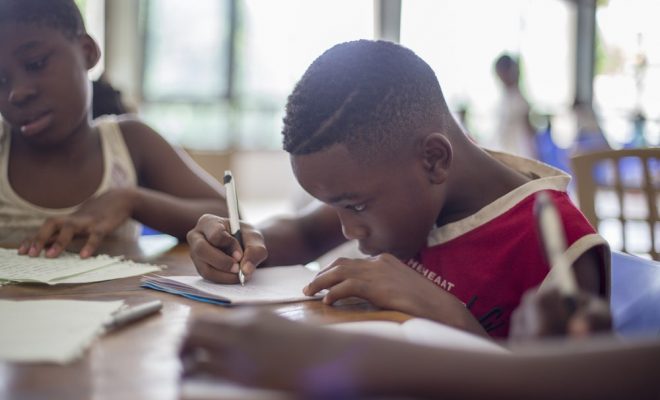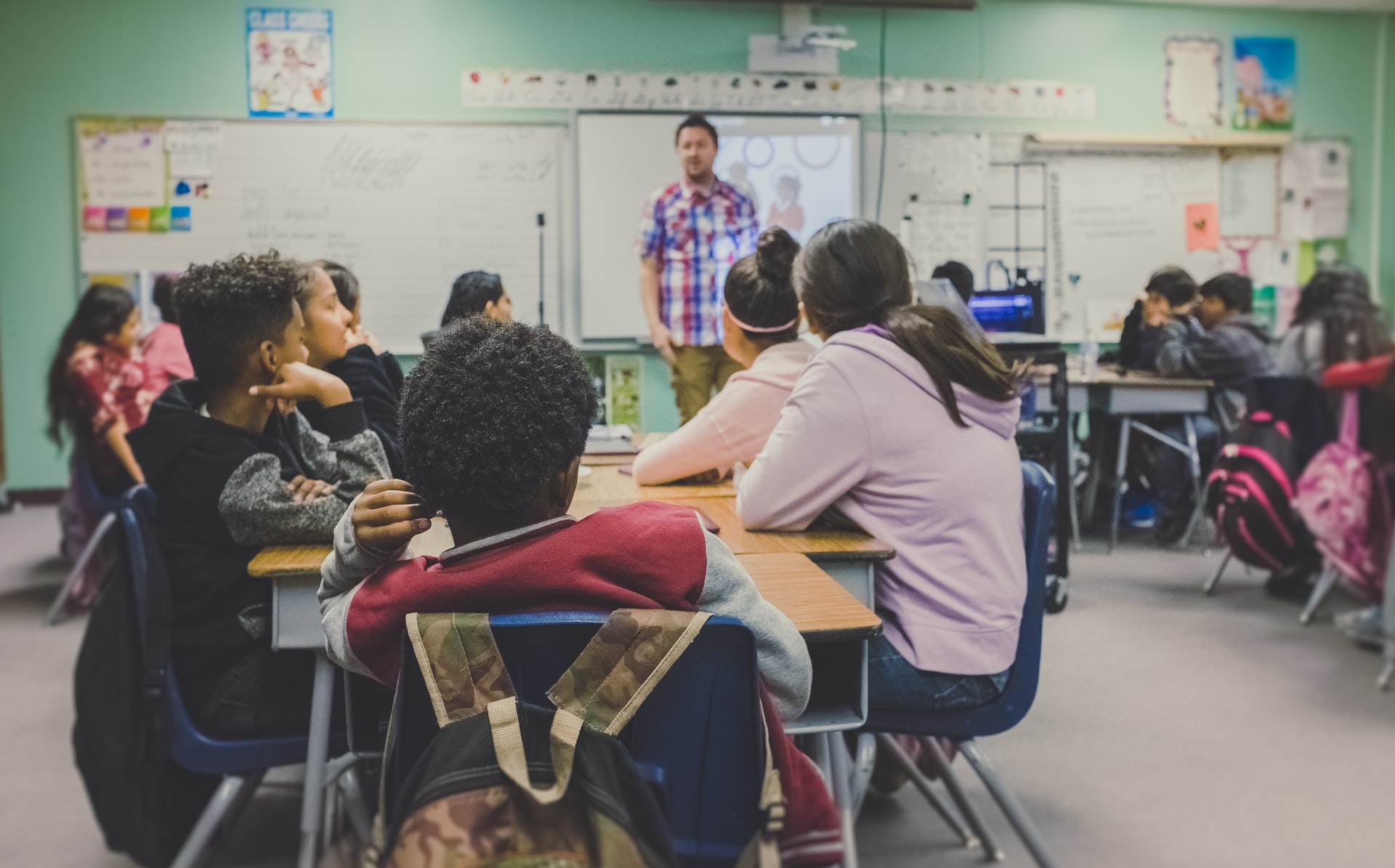Activities to Teach Students to Identify Solids, Liquids, and Gases
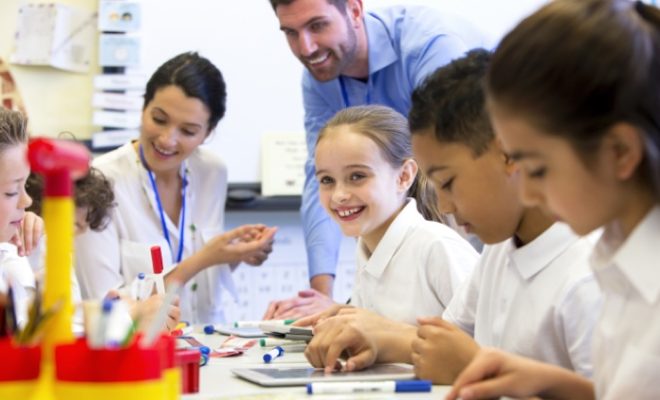
As a teacher, it is essential to engage your students in activities that will help them understand the concept of solids, liquids, and gases. With the right exercises, your students will be able to identify these states of matter in everyday life with ease. Here are some activities you can use to teach your students to identify solids, liquids, and gases.
1. Pudding Cups
In this activity, you will need pudding cups of different flavors, spoons, and napkins. Give each student a pudding cup and ask them to observe the texture of the pudding. Let them describe it using words like gooey, creamy, or smooth. Discuss with them how the pudding retains its shape for solids. Students will learn that it is a solid material that retains its shape.
2. Water Bottle Flip
This activity requires a water bottle and water. Fill up the water bottle almost to the top, close it tightly and flip it over. The shape remains the same, and water doesn’t change its form. When the water molecules are not bound to one another, one can quickly see evidence of a liquid. Discuss with your students how the water takes the shape of the bottle while remaining at a fixed volume. They will learn that it is a liquid material that takes the shape of its container.
3. Balloon and Baking Soda
In this activity, you will need a balloon, baking soda, and vinegar. Place one or two teaspoons of baking soda in the balloon, fill the balloon with vinegar and close it tightly. Ask students to observe the changes happening in the balloon as it inflates. Discuss the reaction that happens between baking soda and vinegar, where they produce a gas called carbon dioxide. They will learn that gases don’t have a fixed shape or volume, and they can only be seen by their effects.
4. Melting Ice
This activity requires ice cubes, a bowl, and salt. Add a few ice cubes to the bowl and sprinkle some salt over it. Observe the ice melting faster. Discuss with your students the science behind the melting of ice and how changing its temperature changes its state from solid to liquid. They will learn that both solids and liquids have fixed volumes.
5. Dance Party
In this activity, you will need to play some music challenge students to dance. While they dance, turn off the music, and ask them to freeze immediately where they are. Discuss with students why this is a fun activity to teach about states or matter. They will learn that solids have a defined shape and can’t change it without an external force.
In conclusion, teaching students about states of matter can be dull with traditional instruction methods. Incorporating engaging activities is a great way to make learning fun and memorable. By using these activities, students will attain a valuable understanding of the concept of solids, liquids, and gases.

